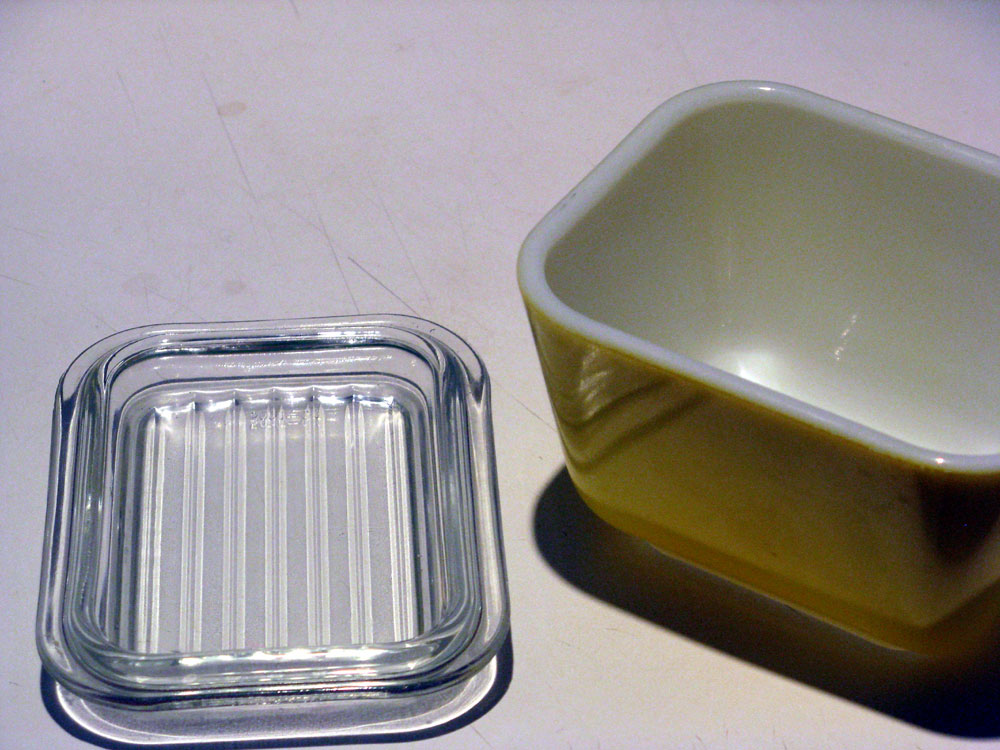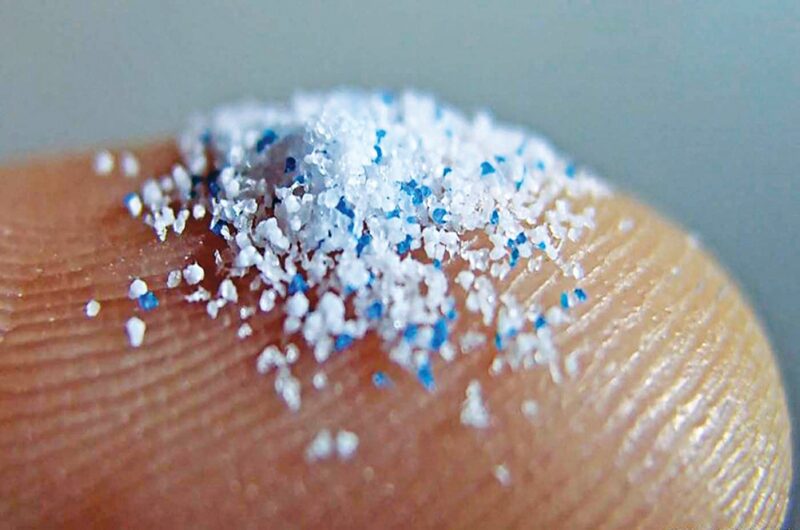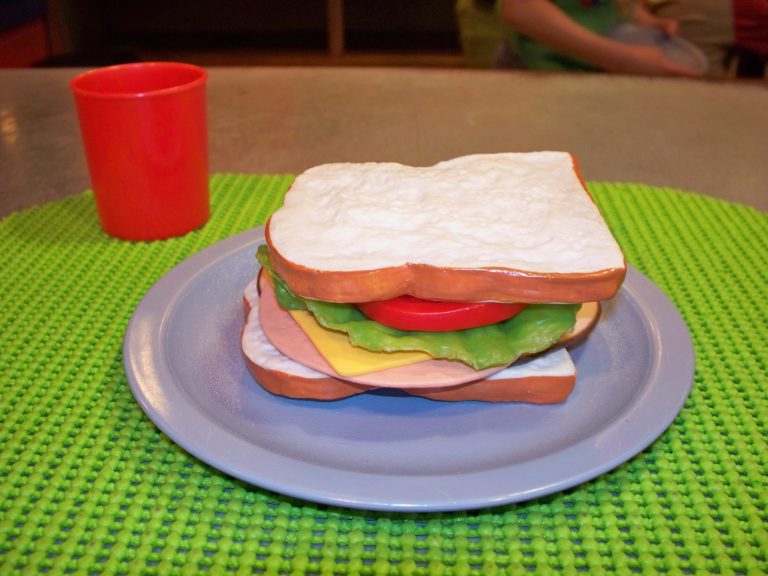Plastics are not only an environmental disaster; these man-made conveniences introduced a century ago are also harming our physical and mental health. Phthalates — chemical compounds used to make plastic more flexible and durable — are found in more products than you might imagine, and have become the human body’s number one pollutant.
Nearly impossible to avoid, phthalates are found in beauty products, cleaning products, food, beverages, and medicine. Understanding the dangers they pose can help us become more mindful about our use of plastics and move towards minimizing its impact.
Level of plastic consumption is astonishing
Scientists recently estimated that people around the world consume about five grams (the volume of one credit card) of plastic each week. 2019 research calculated that Americans take in over 74,000 microplastic particles each year in the food they eat, beverages they drink and air that they breathe.
While plastic may seem like a relatively harmless substance to consume, plastics are laden with chemicals which can leach into plastic-packaged foods and drinks, or be released directly into our bodies from ingested microplastics. As Pete Myers, Ph.D., founder and chief scientist of the nonprofit Environmental Health Sciences and an adjunct professor of chemistry at Carnegie Mellon University in Pittsburgh, says, “There cannot be no effect.”
The thousands of chemicals used to modify the properties of plastics include bisphenols like BPA — banned in the manufacturing of baby bottles since 2012 due to links with various chronic health issues, and phthalates — some of which have been banned for use in child-related products since 2017.
Success
You are now signed up for our newsletter
Success
Check your email to complete sign up
They are still widely used for products targeting other age groups, and thus affect the entire population.

Plastic’s negative effect on the body
EPA plastic studies have determined that there are between 10,000 and 1,000,000 times more phthalates present in the human body than any other toxin. A report by the Functional Medicine University listed several specific harmful effects of plastics. The damage they do is extensive.
Fatty acid damage
DHA (docosahexaenoic acid) is an essential fatty acid present in cell linings and bodily membranes. Phthalates cause direct damage to these fatty acids, affecting memory and overall brain health.
Pancreatic damage
Phthalates can damage the pancreas, resulting in diabetes, insulin resistance, or metabolic syndrome — an increase in risk factors that increase one’s chances of developing serious health issues like diabetes and heart disease.
Reduced sulfation
Sulfation is a conjugation process involved in several important bodily functions. Reduced sulfation caused by phthalates can interrupt normal detoxification and hormone regulation, leading to other health problems, including thyroid issues.
Zinc deficiency
Zinc — an essential nutrient which boosts the immune system, helps metabolize vitamins A and B-6 Zinc, and assists in healing — can be depleted by phthalates. A zinc deficiency can lead to a variety of maladies, including depression, heart disease, cancer, and, in combination with reduced DHA, chronic inflammation and its related diseases.

How to minimize your plastic consumption
A hundred years ago, just as plastic was being developed, people managed to buy (or grow), prepare, store, and consume their food and beverages without it. By returning to traditional materials and practices, we can limit our exposure to the harmful chemicals in plastics.
Drink filtered tap water
Bottled water contains, according to a 2018 study, twice the microplastics of average tap water. As long as your tap water is safe for drinking, there is no reason to be buying water. If your water tastes of chlorine or other offensive minerals, install a high quality filter. This can give the water a neutral flavor, while further reducing microplastic residues.
Rather than putting your tap water into plastic, drink from glass and ceramic, and buy stainless steel water bottles for when you are on the go. They are durable, easy-to-clean and 100 percent refillable.
Choose fresh over processed foods
Foods that are processed and packaged are often contaminated with chemical compounds. Even tin cans are lined with BPA-laden plastics. As much as possible, buy fresh foods from the grocery story or farmer’s market. Packaged goods are best purchased in glass jars or waxed cardboard over plastics.
It is increasingly common for shops to let you fill your own containers with bulk items, in which case you can bring cloth bags from home. While fish, meat and cheese do need to be wrapped separately, you can ask the merchant to use waxed paper instead of plastic wrap.

Use glass or stainless for storage
Chemicals present in plastic storage containers can readily leach into foods and liquids. Invest in a set of glass or stainless storage containers for keeping leftovers in your fridge; and transfer foods that come in plastic bags to glass jars. Not only does this get them away from the plastic, it is also more visually appealing.
Likewise, try to buy beauty products packaged in glass or ceramic, or transfer them after purchase. The skin is our largest organ, and it absorbs chemicals readily upon contact.
Traditional cooking
Food should never be heated in plastics, as heating increases the likelihood of leaching chemicals. Non-stick pans are coated with teflon, which can not only leach chemicals into your food, the plastic itself wears away over time, and you end up ingesting it. Quality stainless pots and pans can resist sticking if used properly, and with sufficient healthy oils. Traditional cast iron cookware is virtually non-stick after it is seasoned, and naturally adds a little iron to your diet.
While many packages are made to go in the microwave, for your own safety, put the food into glass, stainless steel or even cast iron, and use your stovetop or oven instead.
Keeping a clean home and body
Many microplastics are so tiny they amount to practically invisible bits of dust, in which form they can stay in the environment for extended periods. To minimize inhalation of microplastics, keep a clean home.
Dust and vacuum regularly. Consumer Reports suggests vacuuming with a HEPA filter. Dusting with a damp cloth is the most efficient way to prevent it from spreading. Shaking rugs outdoors and vacuuming fabric surfaces keeps dust from accumulating in your home.

Air purifiers can also be used to remove plastics from the home and office. They are not terribly expensive and are small enough to move from room to room.
It’s also worth noting that our clothing and bedding present a major source of dust particles. By choosing natural fibers over man-made fabrics, you can minimize the microplastics in your environment.
To purify the body, there are many foods and herbs that help the body naturally remove toxins, including lemon, cilantro, turmeric and green tea. Regular consumption of a healthy diet helps your body deal with the countless unavoidable contaminants we come across every day.















